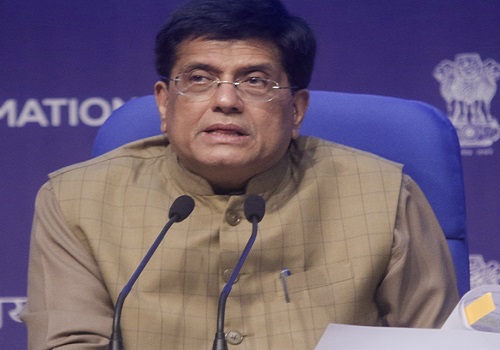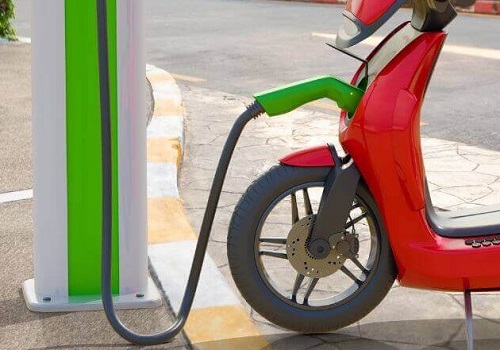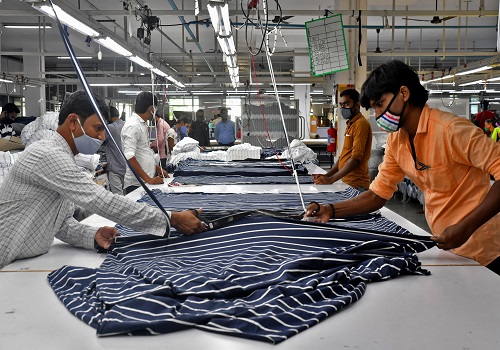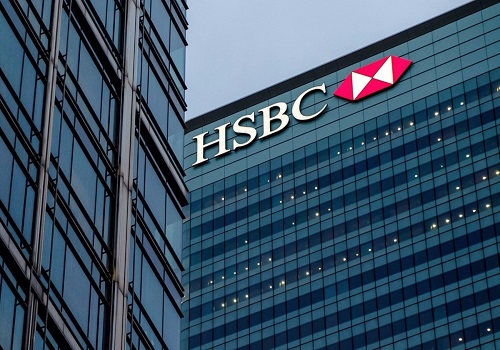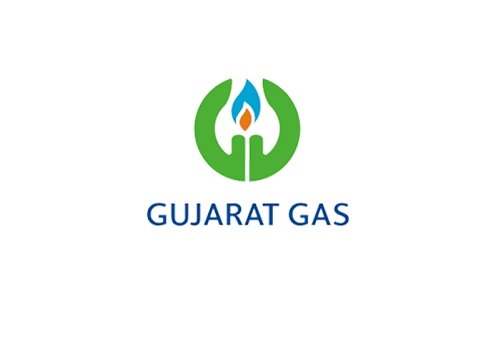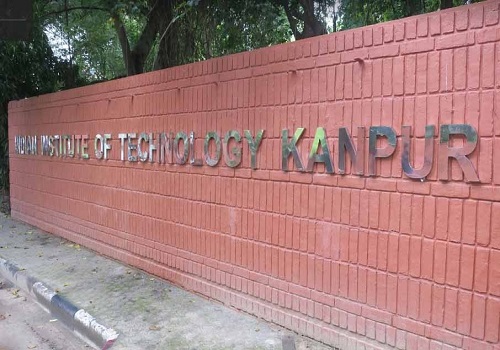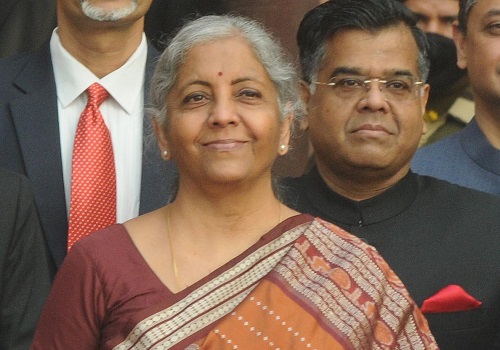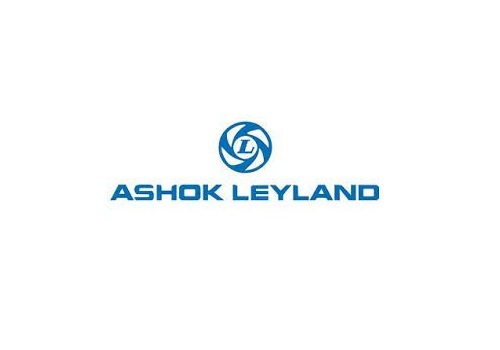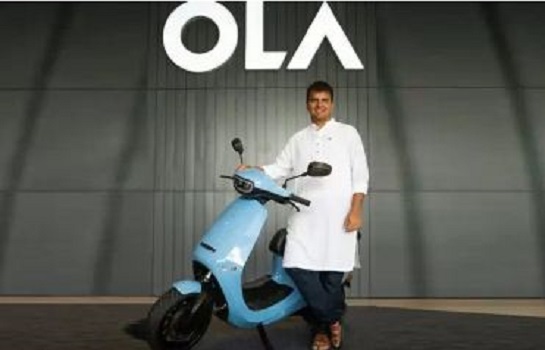Brokerage shows discomfort at Ola Electric`s rush for IPO instead of first stabilizing internal operations

Follow us Now on Telegram ! Get daily 10 - 12 important updates on Business, Finance and Investment. Join our Telegram Channel
Ola Electric Mobility (Ola Electric) has always been in limelight for various reasons (-ve as well as +ve), the current buzz is its upcoming IPO, says JM Financial Institutional Securities in a report.
While the company has taken an early lead in the domestic E2W industry, product-related issues continue. Given the industry is still in a nascent stage, focusing on market share may be misleading. 1) Recent introduction of lower ASP models, 2) adjustments for higher R&D capitalisation, 3) higher cost of operating sales and service network going ahead could reverse the recent improvement in profitability and continue the cash burn. Investments in R&D/product development, Gigafactory (with high technological and operational risk) may delay +ve FCF in the foreseeable future, the report said.
The moot concern is the rushed approach to everything -- be it product introduction (without thorough R&D/testing) or coming to the public markets (fastest among auto OEMs / new-age cos.) instead of first stabilizing internal operations (employee attrition at 45 per cent+), the report said.
Risk factors in the DRHP highlight more internal/operational risks than external risks for Ola Electric. Right from high employee attrition rate (45 per cent) to cautionary statements around product quality issues, D2C model, Gigafactory execution and ramp-up plan, consumer complaints, multiple business interest of founder, etc., are all high probability risks in our view, the report said.
Ola Electric's EBITDA loss increased from Rs 7.2bn in FY22 to Rs 12bn in FY23, with a subsequent decline in 1Q. Notably, the company capitalizes R&D spends at a significantly higher rate of 80 per cent+, compared to 10-30 per cent for industry peers. Adjusting for a normalized R&D capitalization rate of ~30 per cent, Ola Electric's EBITDA loss in FY23 would have been higher by Rs 2.7bn. Moreover, Ola Electric assumed control of the experience and service network from July'23, previously operated by Ola Fleet Technologies (promoter group co) at substantial losses until 1QFY24. This change may potentially add further pressure on profitability beyond 1QFY24, the report said.
Ola Electric's electric two-wheeler (E2W) volume is expected to double to approximately 300K units in FY24E, but this falls significantly short (2/3rd below) of the earlier target of around 882k units.
Despite this, the company maintains its leadership in the domestic E2W industry with a retail market share of 32 per cent. The strong growth is attributed to the rapid expansion of the distribution network.
However, traditional two-wheeler OEMs like TVS, Bajaj Auto, Hero Motocorp who were initially slow, focused on R&D, after-sales service and test marketed products in limited regions are now rapidly expanding across India, the report said.
Recent channel checks reveal that customers have experienced several issues with Ola Electric's E2Ws. Despite addressing some issues, challenges persist, and media reports suggest on-going product quality and safety concerns, even with the latest Gen-2 models.
The DRHP emphasizes Ola Electric's focus on R&D and technology, but the R&D spending when the company initiated deliveries of its first product, Ola S1 Pro (in Dec '21), was only Rs 2bn. Although R&D spends increased in FY23, it appears insufficient vs. peers, considering vertically integrated business model & its status of a new entrant starting from scratch, the report said.
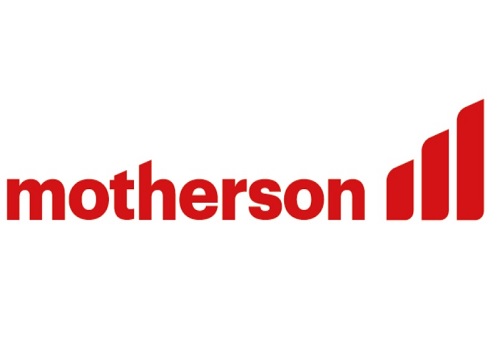
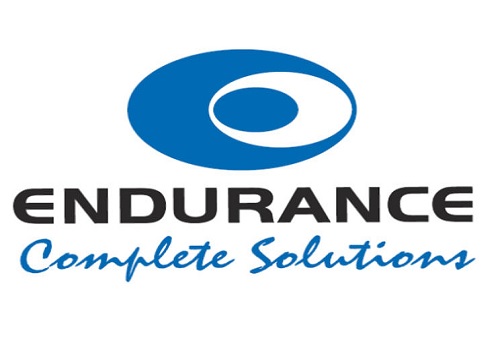
.jpg)
